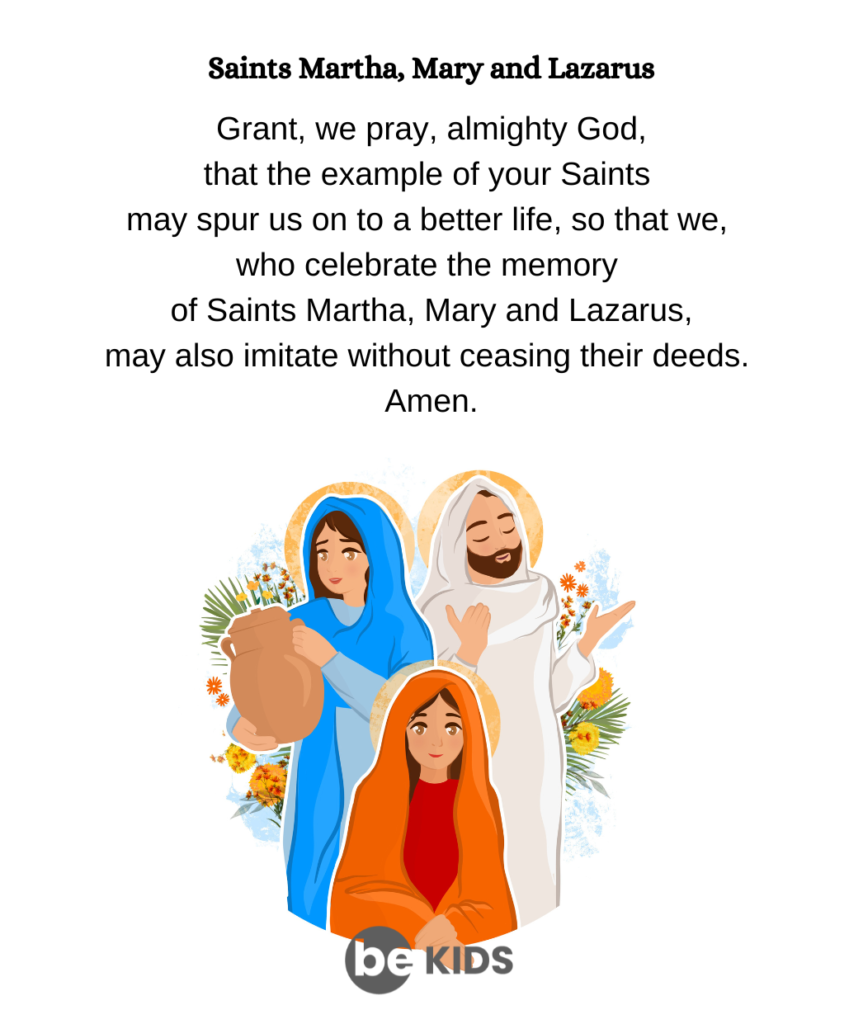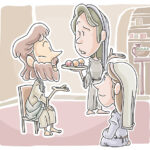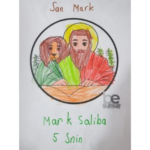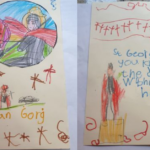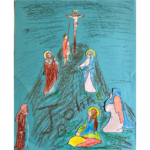
“ Jesus loved Martha, Mary and Lazarus” (Jn. 11,5)
They lived in Bethany, a little village on the southeastern slope of the Mount of Olives, practically a suburb of Jerusalem. Being about 3.2 km from Jerusalem it would have taken about 40 minutes to walk from Bethany to Jerusalem.
The Gospels do not give us any background of the three siblings. There is no mention of husbands or children, parents or relatives so they could have been ‘independent wealthy householders’. There has been great debates and discussions as to the identity of Mary as to whether she is the same Mary referred to as Mary Magdalene who was the first witness of the Resurrected Christ and the sinner who was forgiven her sins.
In the Gospels we find that Jesus entered households, to share a meal with a purpose, as he did with Zacchaeus and Matthew. However Jesus was received in the home of Martha, Mary and Lazarus to rest from weary travelling ‘to linger with close friends’ to share the family life of the three siblings, experiencing the love and warmth of a family and the hospitality of dear friends. In these gospel anecdotes we notice that Martha is invariably mentioned first, presenting her as the practical one, perhaps the mistress of the home while Mary is presented as the more emotional one. Lazarus seems to present a more passive role, perhaps being the younger of the three.
When Pope Francis established the memorial of the three siblings, he led us to focus on the “evangelical witness” they have handed down to us in their hospitality to Jesus, “their listening attentively to HIs words and in the declaration of belief that Jesus is the Resurrection and the Life”.
In fact the three major values that we glean from the Gospel narratives about these three siblings surround hospitality, the close relationship with Jesus through His Word and the belief that He is the Son of God, powerful over death.
It was during one of His visits to this household when Martha was busy preparing the meal for Jesus and probably for His companions while Mary sat at His feet listening to His words, that Martha complained that she was not getting any help from Mary! Yet Jesus did not rebuke Mary, because sitting at his feet, the usual posture of a disciple, had chosen what was really necessary.
The focus turns on Lazarus at his death! He had been seriously ill and although Jesus knew that his life was nearing its end He did not hurry to his side. When he did He was greeted by a brokenhearted Martha who declared that her brother would not have died because Jesus would have healed him. Martha’s declaration of strong faith echoed in her words, “I believe that You are the Christ, the Son of God who was to come into the world.” Then at the command of Jesus, against all laws of nature, Lazarus walked out of his tomb!
There are a number of traditions as to what happened to the three siblings after the death and Resurrection of the Lord especially when the disciples dispersed, forced by the hostile Jews. Whichever tradition one holds, one fact is certain. They continued to spread the Good News that Jesus Christ is the Messiah who suffered death, was buried, rose again and continues to sustain the spread of the Kingdom of a Loving God.
